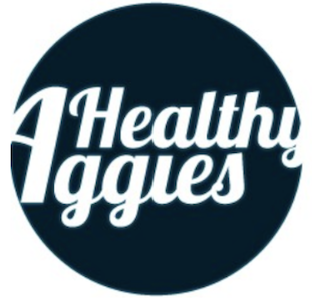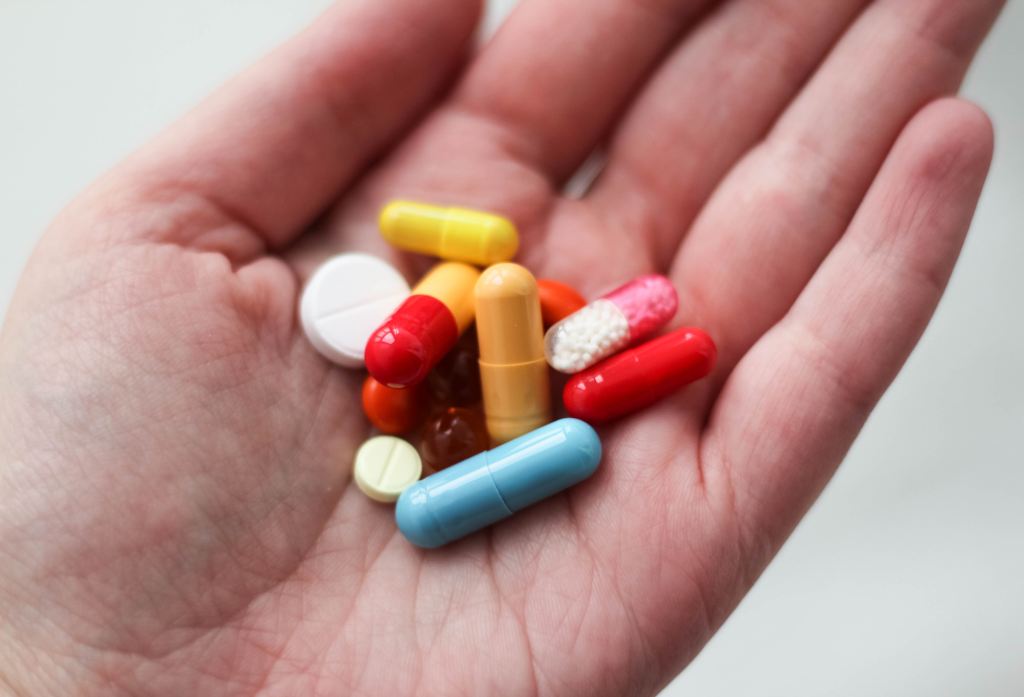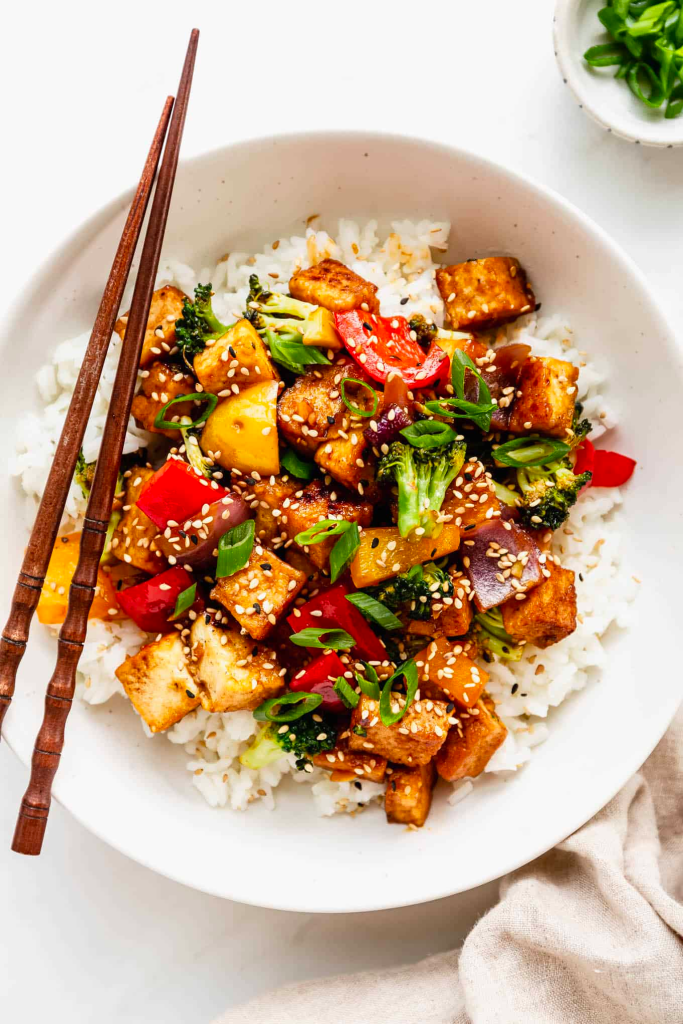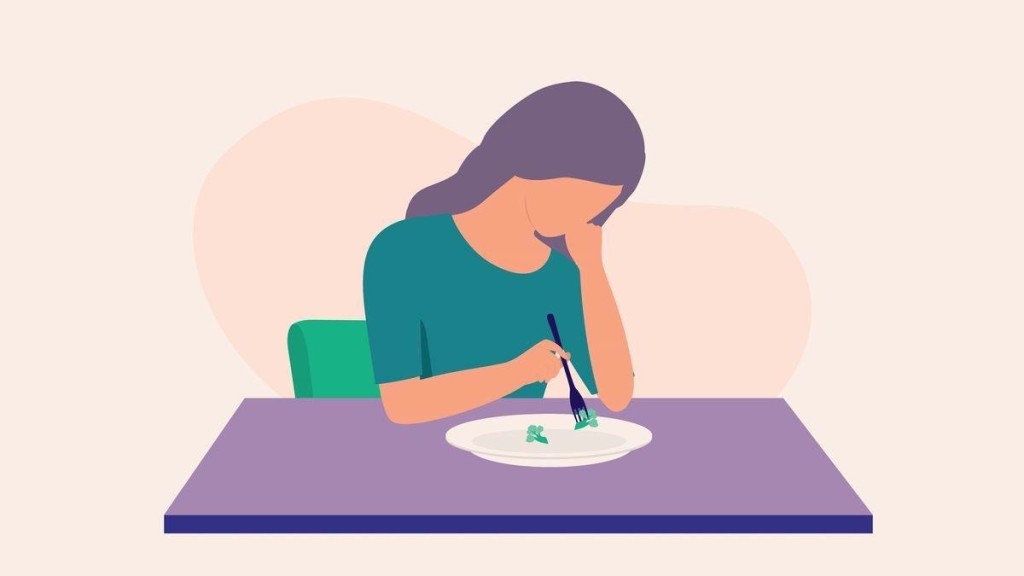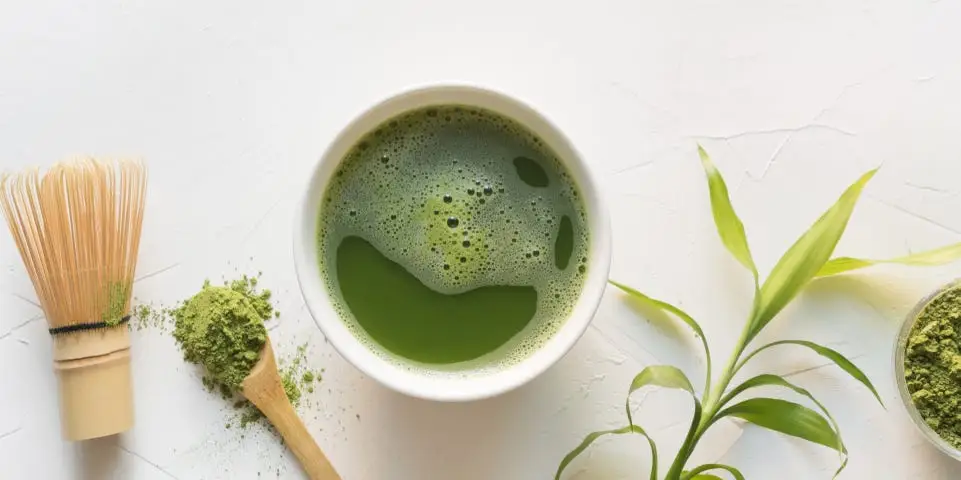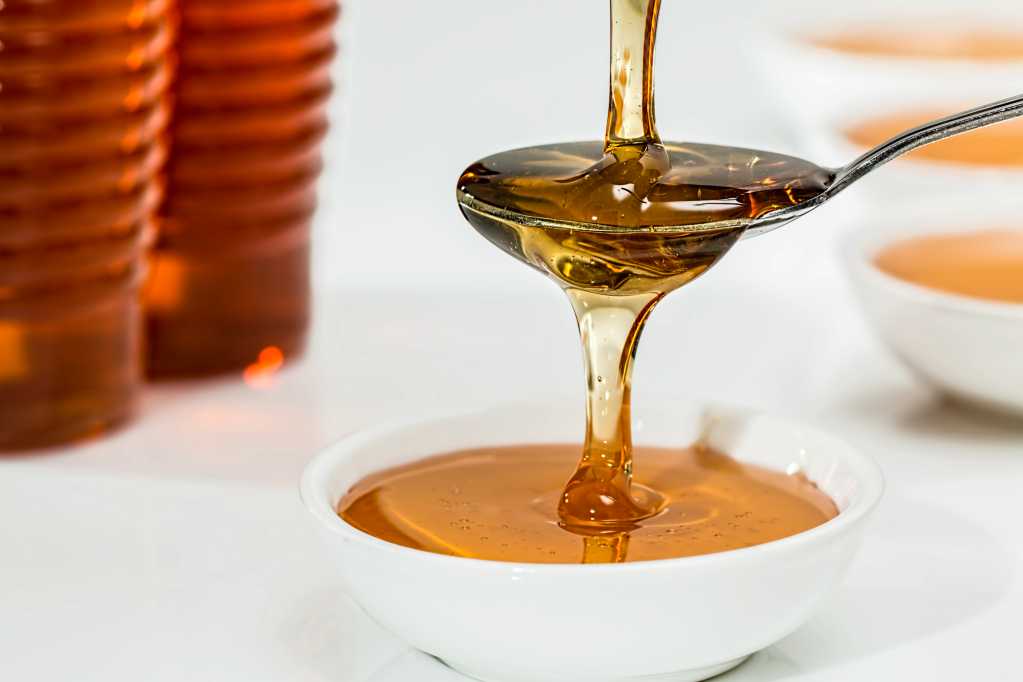Summer is the best time to find a variety of fruits. You might notice a whole selection of fresh fruits in the grocery store and/or local farmers markets. Fresh fruits are tasty, but if you want to enjoy your fruits in a different way, try making sorbet with your fruits! In this post, I will share an easy and delicious sorbet recipe that you can make at home. It’s a perfect dessert or snack to enjoy on a hot summer day!
Fruit Sorbet (4 servings)
Ingredients
Raspberry Sorbet
- 8 oz of raspberries (could be frozen!)
- 3-4 tbsp of sugar syrup (agave nectar or maple syrup is fine too)
- Lemon juice (optional)
Pineapple Sorbet
- 8 oz of pineapples (fresh or frozen. Cut them into ½” cubes)
- 3-4 tbsp of sugar syrup (agave nectar or maple syrup)
Honeydew Melon Sorbet
- 8 oz of honeydew melon cubes
- 3-4 tbsp of sugar syrup (agave nectar or maple syrup)
- One squeeze of lemon juice
Sugar Syrup Recipe
- 8 oz of white sugar
- 2 cups of water
- Using a saucepan, heat the water and sugar until the sugar melts. Let it simmer for 15-20 minutes until a syrup consistency is achieved. Remove the syrup from the saucepan and let it cool completely. Chill it in the fridge until you are ready to use it.
Directions
- Cut the fruits into small pieces (approx ½”) and lay them onto a parchment paper to freeze. Once they’re frozen, transfer them to bags to freeze.
- Measure 8 oz of fruit, then crush and blend the fruits using an ice crushing blender or food processor. Add the syrup one tbsp at a time.
- Add the squeeze of lemon juice and blend for a few more seconds.
- Serve immediately, or freeze until you are ready to serve.
Notes
- You can adjust the sweetness of the sorbet by reducing or increasing the sugar syrup. If you don’t like using syrups, you can use water or fruit juice as a substitute.
- You can use other fruit to make your sorbet! You can even blend them together
References: https://www.theflavorbender.com/easy-fruit-sorbet-only-3-ingredients-and-so-many-flavors/
